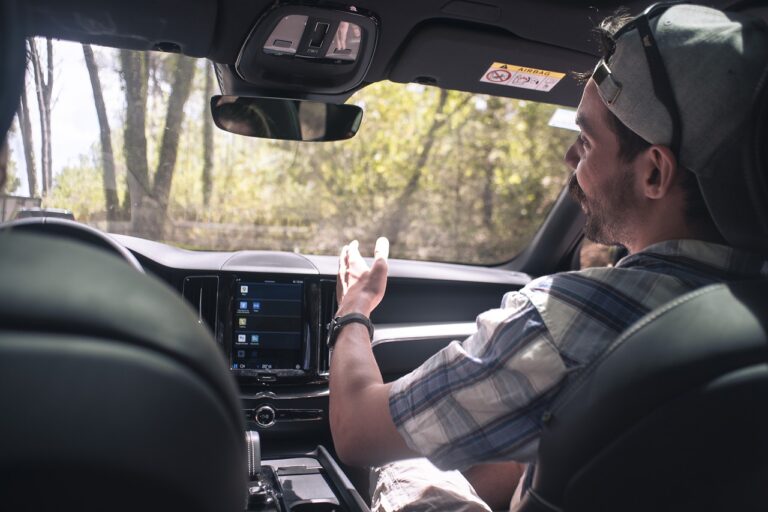The Future of Autonomous Vehicle Collision Avoidance Systems
Collision avoidance systems are designed with several key components to enhance road safety. One crucial element is the use of sensors, such as radar, cameras, and lidar, to detect the surrounding environment in real-time. These sensors provide essential data to the system, allowing it to assess potential collision risks and make quick decisions to avoid accidents.
Another vital component of collision avoidance systems is the advanced algorithms that process the sensor data and calculate the best course of action to prevent collisions. These algorithms consider various factors, including the speed and trajectory of the vehicle, road conditions, and the behavior of other vehicles on the road. By analyzing this information quickly and accurately, collision avoidance systems can assist drivers in avoiding dangerous situations and reducing the risk of accidents.
• Collision avoidance systems utilize sensors such as radar, cameras, and lidar
• Sensors provide real-time data to assess collision risks
• Advanced algorithms process sensor data to calculate best course of action
• Algorithms consider factors like vehicle speed, road conditions, and other vehicles’ behavior
Challenges Facing Autonomous Vehicle Collision Avoidance Technology
One of the primary challenges facing autonomous vehicle collision avoidance technology is the need for continuous advancements in sensors and perception systems. These systems must be able to accurately detect and interpret the complex environment surrounding the vehicle in real-time to react swiftly to potential collision risks. Moreover, there is a constant demand for the improvement of algorithms that can effectively analyze the vast amounts of data collected by these sensors to make split-second decisions to avoid accidents.
Another significant hurdle in the development of autonomous vehicle collision avoidance technology is ensuring seamless communication and coordination among different vehicles on the road. Inter-vehicle communication systems must be robust enough to exchange crucial information such as speed, direction, and potential hazards effectively. Additionally, standardization of communication protocols among various vehicle manufacturers is essential to create a harmonized ecosystem where autonomous vehicles can cooperate and navigate safely in diverse traffic scenarios.
Impact of Collision Avoidance Systems on Road Safety
Collision avoidance systems have revolutionized road safety by providing vehicles with advanced technology to detect and prevent potential collisions. These systems utilize sensors, cameras, and radars to constantly monitor the surroundings of the vehicle and alert drivers of any impending danger. By assisting drivers in avoiding accidents, collision avoidance systems have significantly reduced the number of collisions on the roads, ultimately saving lives and minimizing injuries.
The implementation of collision avoidance systems has also had a positive impact on reducing the severity of accidents that do occur. In situations where a collision is inevitable, these systems can intervene by automatically applying brakes or steering the vehicle away from the obstacle. This quick and precise reaction helps to mitigate the force of impact, leading to fewer serious injuries and less extensive damage to vehicles involved in the accident. As a result, road safety has been greatly enhanced with the widespread adoption of collision avoidance systems in modern vehicles.
What are the key components of Collision Avoidance Systems?
Collision Avoidance Systems typically include sensors such as radar, lidar, and cameras, as well as advanced computing algorithms to detect and respond to potential collisions.
What are some challenges facing Autonomous Vehicle Collision Avoidance Technology?
Challenges include navigating complex and unpredictable road conditions, ensuring seamless communication between vehicles, and addressing ethical dilemmas in decision-making during emergency situations.
How do Collision Avoidance Systems impact road safety?
Collision Avoidance Systems have the potential to significantly reduce the number of accidents on the road by detecting and mitigating potential collisions before they occur, ultimately saving lives and reducing injuries.







